
Twenty years ago, in the cartoon Captain Planet, a green-mulleted, blue-hued man’s fight to save the planet from pollution entertained the children who, as adults today, have reintroduced a sense of urgency into the environmental movement. Granted, the fight to save the planet didn’t end after its initial 1970s heyday, but the Reagan era certainly suppressed its mainstream appeal.
Every show began by saying, “Our world is in peril.
Gaia, the spirit of the Earth, can no longer stand the terrible destruction of our planet.” Five Planeteers from around the world each were given a magic ring, four harnessing the power of each of the elements and the fifth tapping the power of the heart. If needed, the Planeteers combined their powers to beckon Captain Planet.
Throughout Utah, many organizations have taken up the Planeteers’ mission, focusing on one of those five magic circles. Join the fight with one of them to make a mark, or find a group for every one of the rings of power and become a true Captain Planet.

Wasatch Community Gardens
345 E. 400 South
801-359-2658
WasatchGardens.org
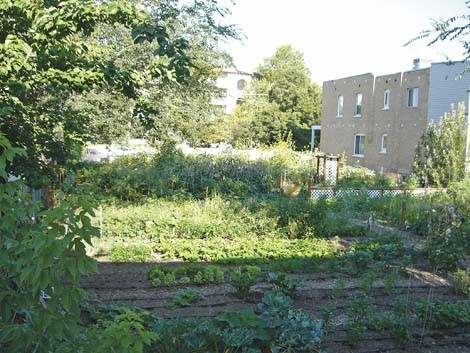
“People want to connect with their neighbors,” says executive director Claire Uno, who says there’s no one gardener demographic—students, families, refugees and senior citizens often work side by side in the community plots. Gardening gains popularity in times of crisis, so it’s become increasingly popular in the past couple of years. Beyond the recession, however, Uno says there’s been a paradigm shift: People want more intimate connection with their food and nature. And, with Utah boasting the country’s second-worst soil, growing veggies here means that you can grow them anywhere.
Save Our Canyons
68 S. Main
801-363-7283
SaveOurCanyons.org
Save Our Canyons—the area’s first environmental activist organization—has been defending undeveloped land and advocating nature conservancy in the Wasatch canyons since 1972. It helped create Utah’s first wilderness area, Lone Peak, in 1978, and in 1984, Twin Peaks and Mount Olympus areas were also designated. Currently, SOC is working with U.S. Rep. Jim Matheson, D-Utah, to expand the existing wilderness areas and create a new one encompassing the north side of Millcreek Canyon.
Additionally, SOC is the watchdog for sneaky landusers and developers, especially at the local government level. At day’s end, its mission can’t be accomplished without an educated and activated population. So, it is constantly reaching out and teaching, with KRCL 90.9 FM news briefs, the Westminster Wasatch Front Forum and local environmental discussions. And, it practices what it preaches, cleaning and working miles of trail every year. This summer, SOC will focus on American Fork Canyon.

Moms For Clean Air
UtahMomsForCleanAir.org
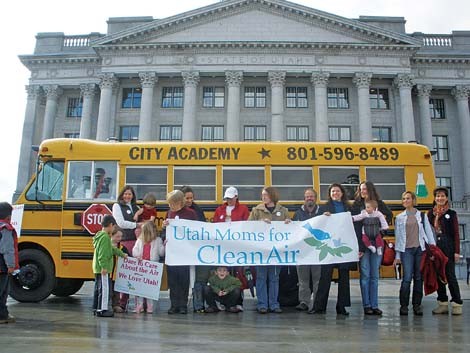
BlueSky Energy Program
Rocky Mountain Power
888-221-7070
RockyMountainPower.net/env/bsre.html
You can support renewable energy for less than $2 a month ... although that might sound like an infomercial, it isn’t. We’re talking about the Blue Sky energy program, offered by Rocky Mountain Power. OK, so corporations are mostly what Captain Planet fought against, but at least RMP offers the masses— more than 31,000 in Utah, Wyoming and Idaho—an opportunity to vote with their dollar by supporting renewable energy.
That
entails buying a minimum of one 100-kilowatthour block for $1.95, and
upward from there. The money goes toward purchasing Green-e
Energycertified renewable-energy certificates from windenergy
facilities in the region. There’s no way for that specific
wind-generated energy to go directly to the purchaser’s house; think of
it as a donation and pledge for the greater good. Those Blue Sky bucks
also fund and support small-scale, local-community developments of
certified renewable-energy sources, such as wind, solar and geothermal.

Water Week (May 1-8, 2010)
WaterWeek.org
Utah
might just be the only state with official designation for a weeklong
water celebration—even the Boy Scouts only get one day. In 2007
Stephanie Duer, water conservation coordinator for the Salt Lake City
Department of Public Utilities, set out to create an event to deliver
information about water conservation. She took the idea from
engineer-run American Water Works Association, but she says most folks
found a lecture approach stuffy and boring.
The event is based on educating about the water cycle, how it becomes potable and how and why conservation is important—especially in Utah—but it’s not about lecturing. She sought out enigmatic speakers and movies, like Tapped, to liven things up. Each year, more organizations get involved with the May festivities; in 2009, Hogle Zoo and Tracy Aviary joined in the fun, along with a water-inspired poetry slam.
Friends of the Great Salt Lake
801-583-5593
FOGSL.org
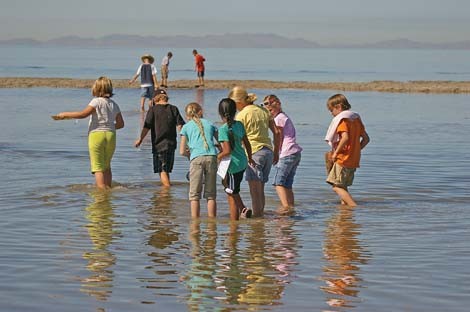
FOGSL
also helps protect the lake from overuse and polluters. Thanks to their
efforts, it just might not become toxic or vanish like Eastern Europe’s
Aral Sea.

Raser Technologies, Inc.%u2028
5152 N. Edgewood Drive,%u2028 Provo
801-765-1200
RaserTech.com
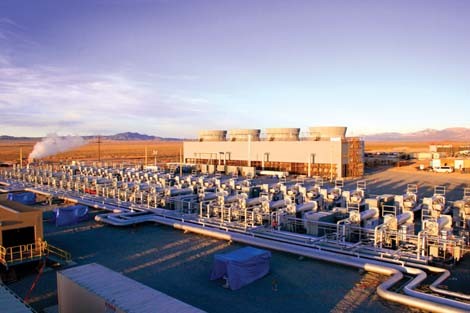
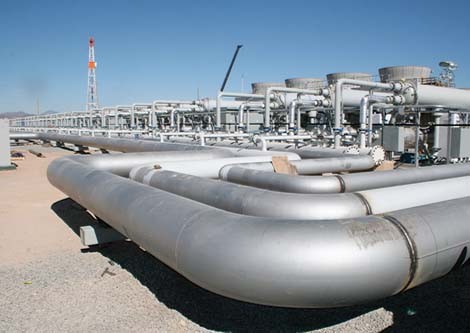
Naturol Fuels
505-604-0864
NaturolFuels.com
Many people
have heard about eco-nuts who beg for used vegetable oil from
restaurants to run their biodiesel trucks—which they converted in their garages. Now,
however, veggie cars can be driven by those without an engineering
degree. Naturol Fuels offers state-of-the-art conversion equipment for
100 percent veggie burning and biodiesel and will even install it. For
hybrids, more gas stations are also offering biodiesel, especially
during the summer. A word of warning: It’s pricey, running into the
thousands of dollars. That’s why Naturol specializes in converting
long-haul fleets. But, for some, lowering emissions, reducing
dependency on foreign oil and dropping fuel costs make it worthwhile.

e2 Businesses
Salt Lake City Division of Sustainability & Environment
City & County Building
451 S. State, Room 145
801-535-6540
Businesses
use about 55 percent of Salt Lake City’s energy, and production
cutbacks could have a big impact on energy consumption. So, the city
government’s been helping businesses become more environmentally
responsible and economically viable—the two Es in e2. They started the
program in 2003. Program coordinator Bridget Stuchry attributes the
program’s popularity less to the businesses and more to customers
demanding to know if companies are green, prompting companies to seek
help.
Consultants from e2 do a site visit, look at all the possible energy inputs and then help determine pragmatic goals. “Some companies will have really lofty goals, so we help them realize small steps ... like efficient light bulbs,” Stuchry says. Upon adopting e2’s plan and showing results, they’re certified and receive a neat little decal. The best part: It’s free. Stuchry says, “Sustainable business is nothing more than smart business.”
Live Green SLC! Fair
May 8, 2010
Library Square
DowntownSLC.org
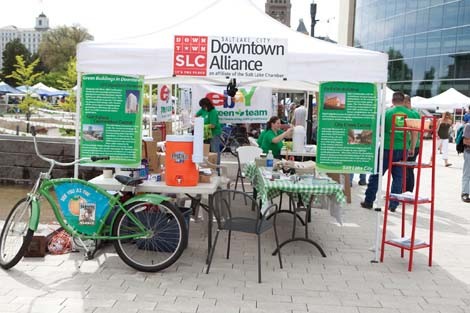
In 2009, the music stage was bicycle powered. This year, there will be a solarpowered beer garden and an EcoChic Fashion Show. Don’t bring that old doomand-gloom attitude to this party. “Part of our mission is to have solution-oriented exhibits,” says festival coordinator Kim Angeli, who says she’s switched her vehicle to biodiesel and learned gardening and chicken-raising skills from advice at the fair.
While it might seem strange to have this event after Earth Day, the weather is better and it launches the summer festival season. You’ll never see Library Square as green.